According to a report from ijiwei, 45 percent of the subsidies, or 5.46 billion yuan, went to 10 companies. Ijiwei compiled data from financial data provider Wind. The corporate filings of the 10 companies confirmed the funding.
However, the scope of the report is limited to mainland-listed companies. Many unlisted companies also receive support from the government , including through loans or direct investment.
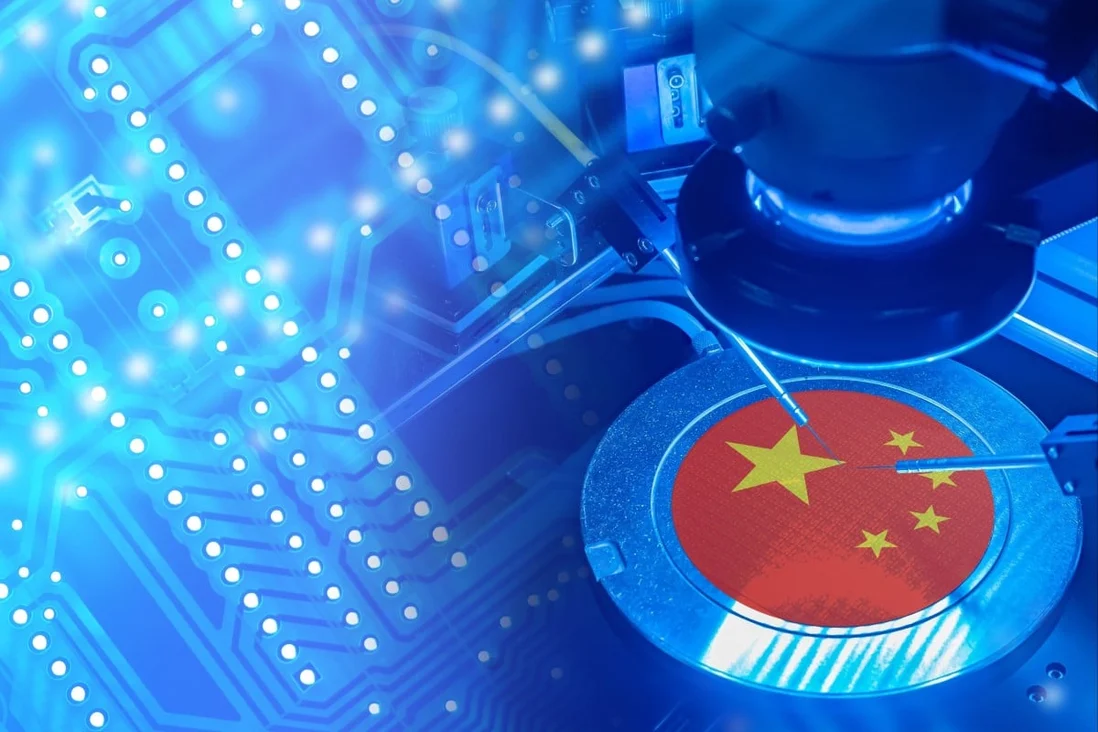
SMIC, China’s largest semiconductor manufacturer, also received the largest amount of money, 1.95 billion yuan. The only other company to receive more than 1 billion yuan was Sanan Optoelectronics, a maker of LED chips. Tianshui Huatian Technology, a chip packaging company, came in third with 467.1 million yuan in subsidies.
Rounding out the top 10 most funded companies were Wingtech Technology, a supplier to Apple; Naura Technology, a chip equipment maker and supplier to Yangtze Memory Technologies (YMTC); and Loongson Technology, a high-end CPU designer. Each received funding ranging from 100 million to 400 million yuan.
The difference between subsidies is quite large, with some companies only receiving around 200,000 yuan.
The data shows that chip companies are benefiting from the push for semiconductor self-sufficiency amid US-China tensions. In October 2022, the US Department of Commerce’s Bureau of Industry and Security expanded the scope of export control regulations, further restricting Chinese chipmakers’ access to US tools, software and talent. This includes logic chips with 16nm or higher and 3D NAND memory chips with 128 layers or higher.
Two months later, the Commerce Department added more than 30 Chinese chip companies, including YMTC, to its Entity List, banning the export of US products and services to China without a license.
Since late last year, several Chinese local governments—including Chengdu, Nanjing and Suzhou, Guangzhou and Shenzhen—have responded to Beijing’s call to boost the development of the microchip industry with millions to billions of yuan in subsidies. Suzhou has promised to support the development of 10 “top innovation companies” and bring three more companies into the local semiconductor ecosystem this year.
In late February, YMTC – China’s leading memory chip maker – received $7 billion from a group of state-backed investors known as the Big Fund, including the National Microelectronics Industry Investment Fund.
Hua Hong Semiconductor, China's second-largest chipmaker, is also funding a $6.7 billion wafer fabrication plant in Wuxi.
(According to SCMP)
Source





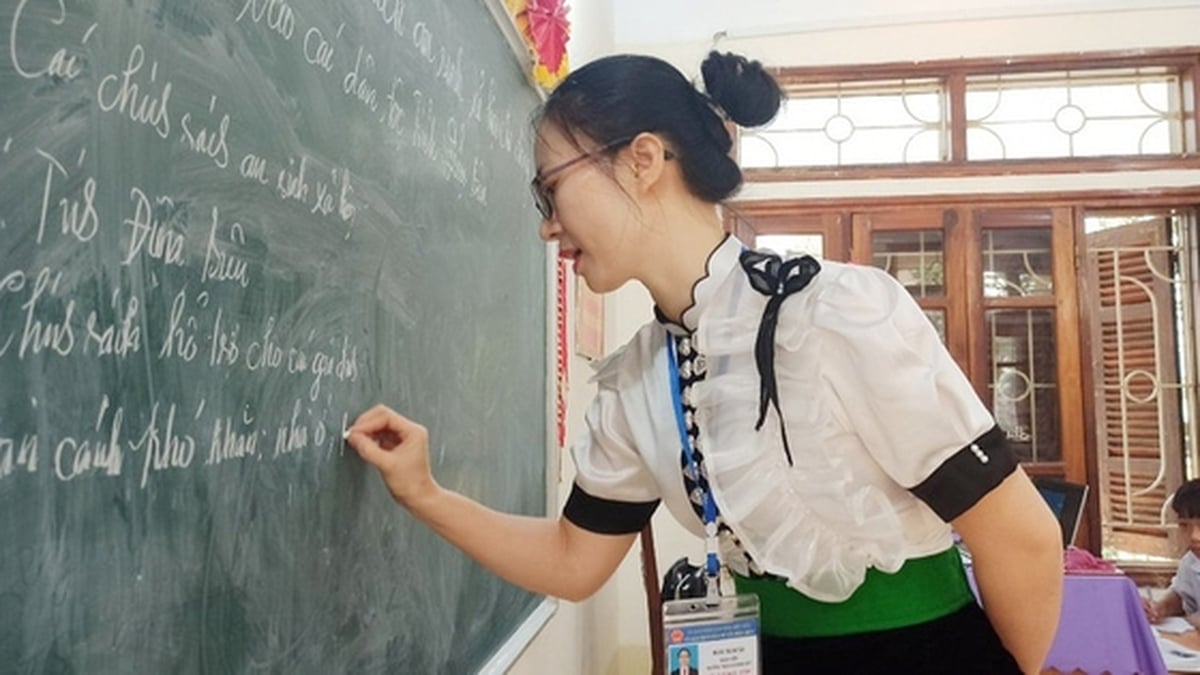


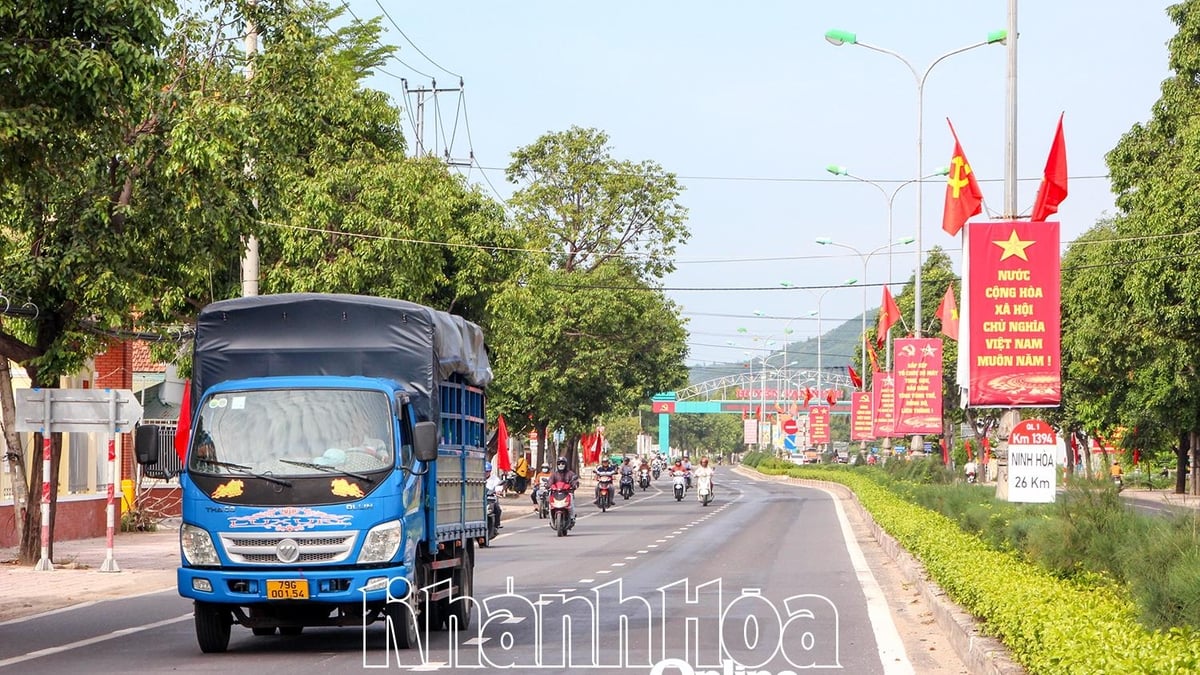
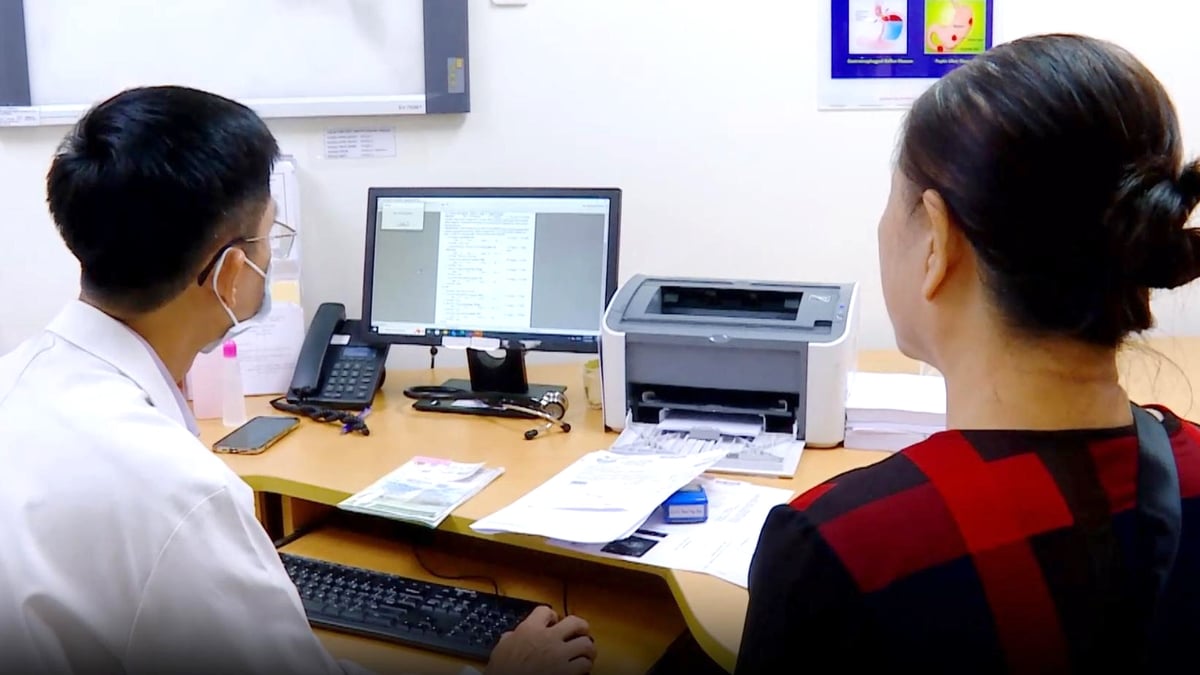
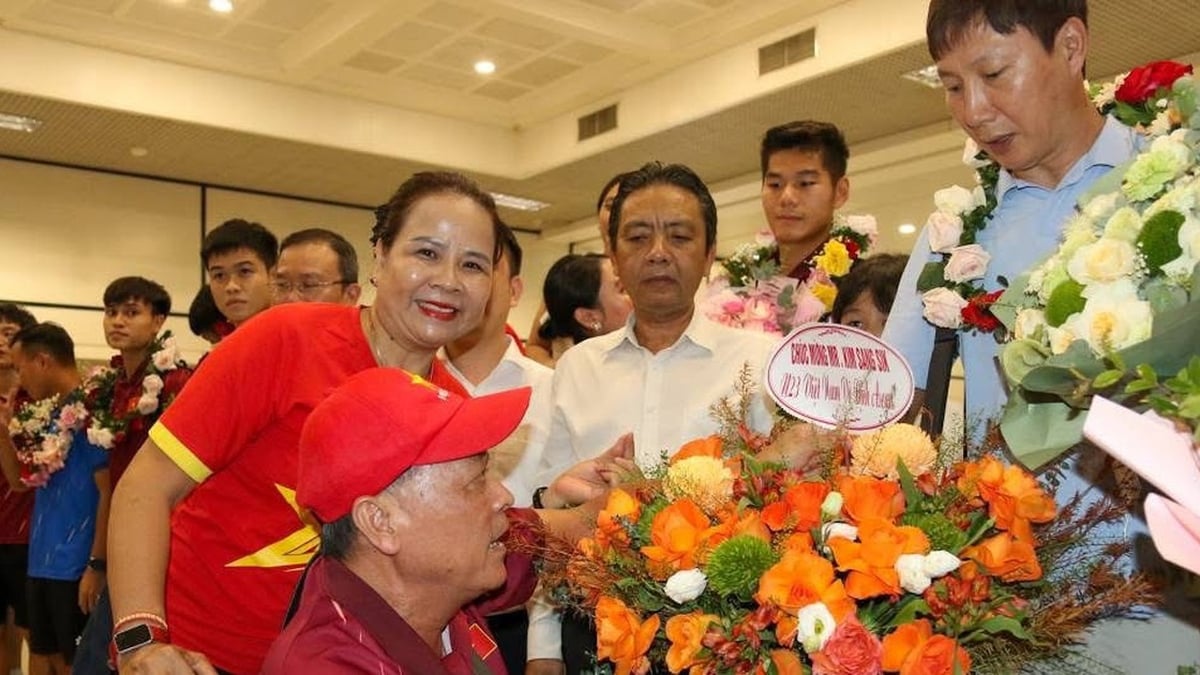












































![[Maritime News] Container shipping faces overcapacity that will last until 2028](https://vphoto.vietnam.vn/thumb/402x226/vietnam/resource/IMAGE/2025/7/30/6d35cbc6b0f643fd97f8aa2e9bc87aea)










































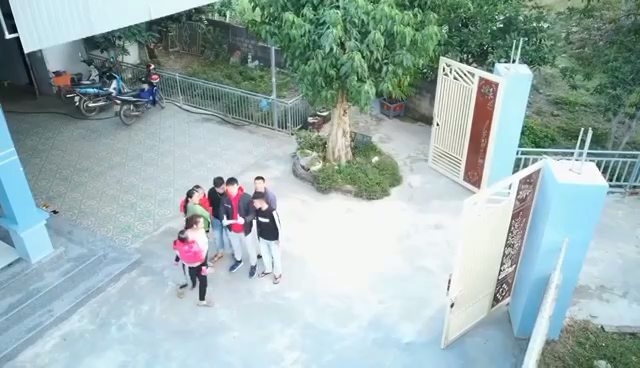

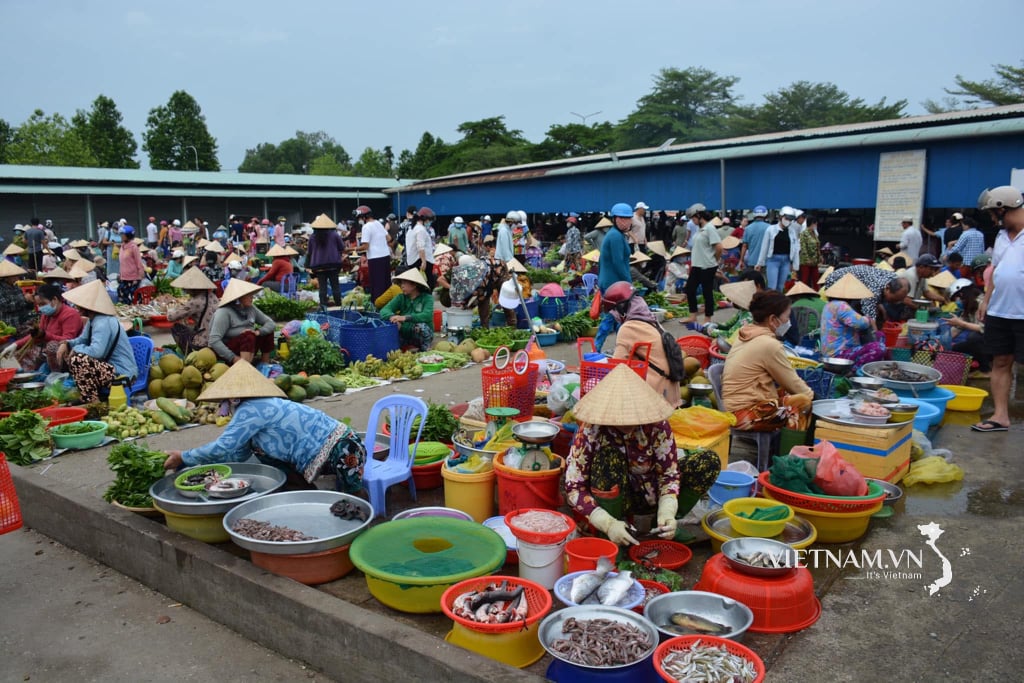
Comment (0)